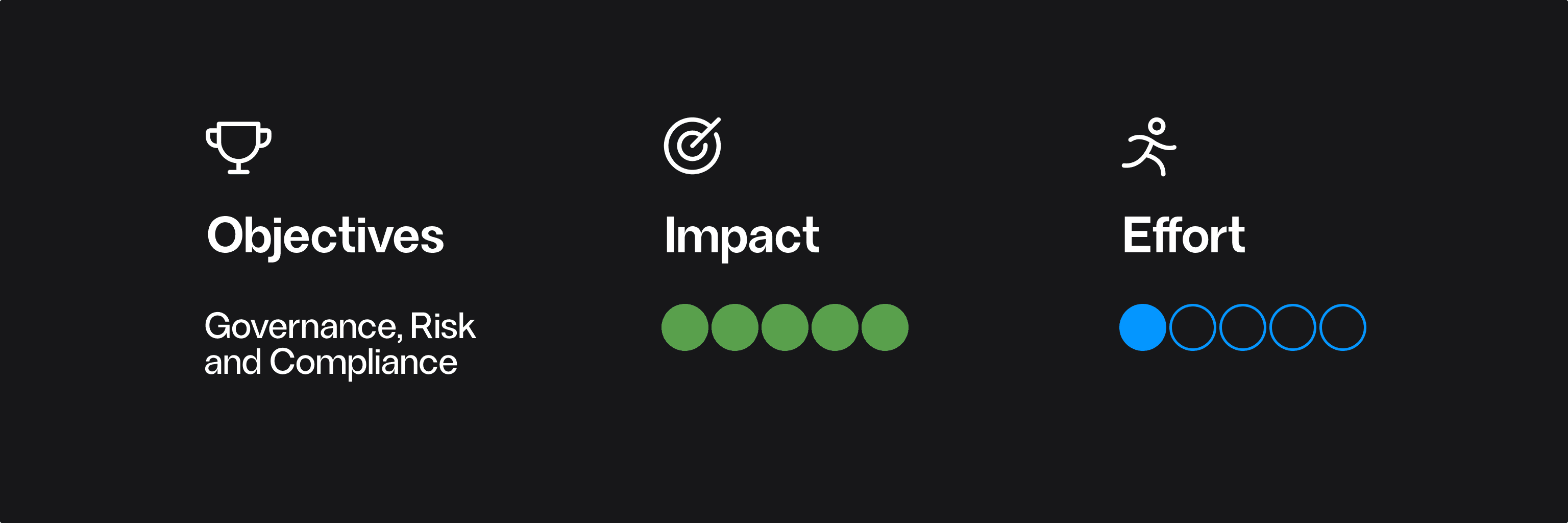Engineering
Best Practice: Use secure coding practices and perform code reviews
Sep 12, 2024
Securing your applications is not just important, it’s essential. Implementing robust secure coding practices and conducting meticulous code reviews are imperative for safeguarding your software against vulnerabilities and protecting user data. By embedding security into your development process, you not only mitigate risks but also establish a reputation for delivering exceptionally reliable and resilient products.
The Importance of Secure Coding and Code Reviews
- Fortify against vulnerabilities: Implementing secure coding practices is crucial for preventing common vulnerabilities such as SQL injection and cross-site scripting (XSS). Addressing these threats during development decisively reduces the risk of exploits that could compromise your application’s integrity.
- Accelerate detection of security flaws: Regular code reviews are a non-negotiable layer of scrutiny, enabling the swift identification and resolution of security flaws in the development cycle. This proactive stance ensures that issues are dealt with before they escalate into critical breaches.
- Cultivate developer security awareness: Training developers in secure coding principles instills a robust culture of security within your team. Ensuring that security considerations are ingrained in every development aspect empowers your team to uphold and advocate for high standards.
Best Practices for Secure Coding and Code Reviews
- Empower your team with security training: Equip your developers with an extensive understanding of secure coding practices, such as those outlined in the OWASP Top 10. Regular training sessions and updates on security best practices keep your team informed and ever-vigilant.
- Integrate security throughout the development process: Make security a cornerstone of your development lifecycle. Infuse secure coding guidelines into your coding standards and review processes to guarantee consistent application across all projects.
- Implement rigorous code reviews: Conduct thorough code reviews with a laser focus on security. Encourage peer reviews and leverage automated tools like SonarQube to detect vulnerabilities and enhance code quality. Regular reviews are crucial to ensuring potential problems are identified and addressed before they escalate.
- Leverage automated security tools: Utilise advanced tools and frameworks that proactively identify security issues during development. Automated solutions can scan for common vulnerabilities, providing invaluable insights into potential risks and complementing manual reviews.
- Foster a security-first culture: Instil a culture where security is regarded as a collective responsibility. Promote open discussions about security practices and empower developers to address and resolve security concerns decisively.
Long-Term Benefits of Secure Practices
- Minimise the risk of breaches: By steadfastly adhering to secure coding practices and executing thorough code reviews, you drastically reduce the likelihood of security breaches. This commitment not only protects your users but also safeguards your organisation's reputation and ensures compliance with industry regulations.
- Elevate code quality: Secure coding practices contribute to cleaner, more maintainable code. Regular reviews further enhance code quality by ensuring adherence to established standards and identifying opportunities for continuous improvement.
- Build stakeholder confidence: Implementing robust security measures fosters unwavering trust among stakeholders, including users, clients, and regulatory bodies. It demonstrates your resolute commitment to delivering a secure and reliable product that meets the highest standards of excellence.
Conclusion
By prioritising secure coding practices and conducting rigorous code reviews, you fortify your applications against potential threats. This unwavering dedication to security not only protects your users but also strengthens your overall development process, paving the way for long-term success and a dominant position in the market.








